North Korean Church Leaders Visit U.S., Disclose New Signs of Growth and Freedom
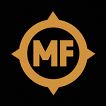
In a historic event April 24-26 in Washington, D.C., four church leaders from the North Korean Church Federation conferred with Korean church leaders from South Korea, the United States, and other countries and also disclosed encouraging new signs of hope for the North Korean Christian community, long the subject of intense government scrutiny and persecution. The conference, sponsored by the National Council of Churches, represented the first time in history that North Korean church officials had been permitted to visit the United States.
One hundred and twenty participants gathered at the 4H Center primarily to discuss the unification of Korea, torn into northern and southern spheres by post-World War II partitioning and the 1950-53 Korean War. The North Korean delegation was headed by Rev. Kijun Koh, general secretary of the Church Federation, and also included federation vice-president Rev. Un Dong Kim, Nak Hyuk Kim, and interpreter Hay Sook Kim.
Five participants at the conference represented the National Council of Churches in South Korea, with additional participants representing the World Council of Churches, affiliated bodies in the U.S., Canada, Japan, and West Germany, and a variety of peace organizations.
New Freedom for the Church?
At a press conference Rev. Koh acknowledged the existence of 10,000 Christians in 500 house churches widely scattered throughout North Korea. He also reported that the increased number of Christians in the capital city of Pyongyang prompted the government to permit the construction last fall of two new church buildings—the first such construction since the end of the Korean War. One building is designated for Protestants, the other for Catholics.
In another first in 1983, the North Korean government allowed the printing of 10,000 copies of the New Testament and hymnbooks. In 1984 10,000 copies of the Old Testament were printed. Koh emphasized the religious freedom of North Koreans, but he also pointed out the obligation of North Korean Christians to demonstrate love for their country.
The North Korean church spokesman further explained that the Church Federation, organized in 1946, has been active in advocating the unification of Korea and encouraging “just causes” in South Korea through statements, appeals, formal letters, and radio programs. Koh indicated that he is willing to go to Seoul or anywhere else if such a visit will promote the unification of Korea.
How to Unify Korea?
Conference workshops and seminars covered a wide range of issues, including: the problem of mutual hostilities; separated families; the civilian exchange program; security, demilitarization, and the peace movement in Northeast Asia; systematic strategies for the peaceful unification of Korea, put forward by the U.S. government, the Christian ecumenical movement, Korean-Americans, and others; and the role of Korean-Americans in reshaping U.S. policy toward Korea.
All participants agreed on the ultimate goal of the unification of Korea. They also called on the U.S. government to cease the annual “Team Spirit” military exercises and to remove its nuclear arms and armed forces from South Korea.
Upon arrival at Kennedy Airport in New York City, the North Korean delegation was received by a local group of Korean-Ameri-can clergymen. Following a dinner reception, the team visited Union Theological Seminary and called on its president. They then attended a Sunday worship service at Riverside Church before coming to Washington, D.C. After the conference, the team headed for Chicago, where they met with another group of Korean-American clergymen and participated in two services before departing for North Korea.

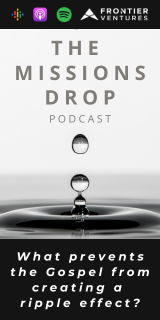
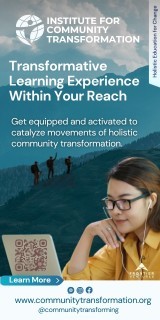
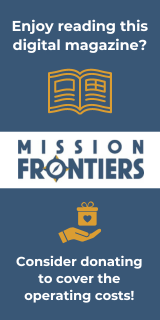
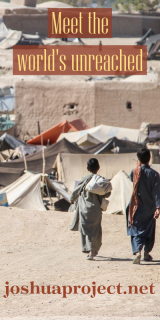
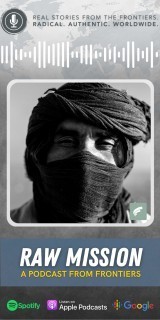
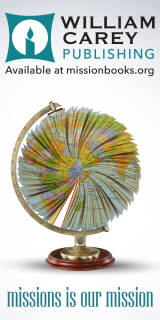
comments